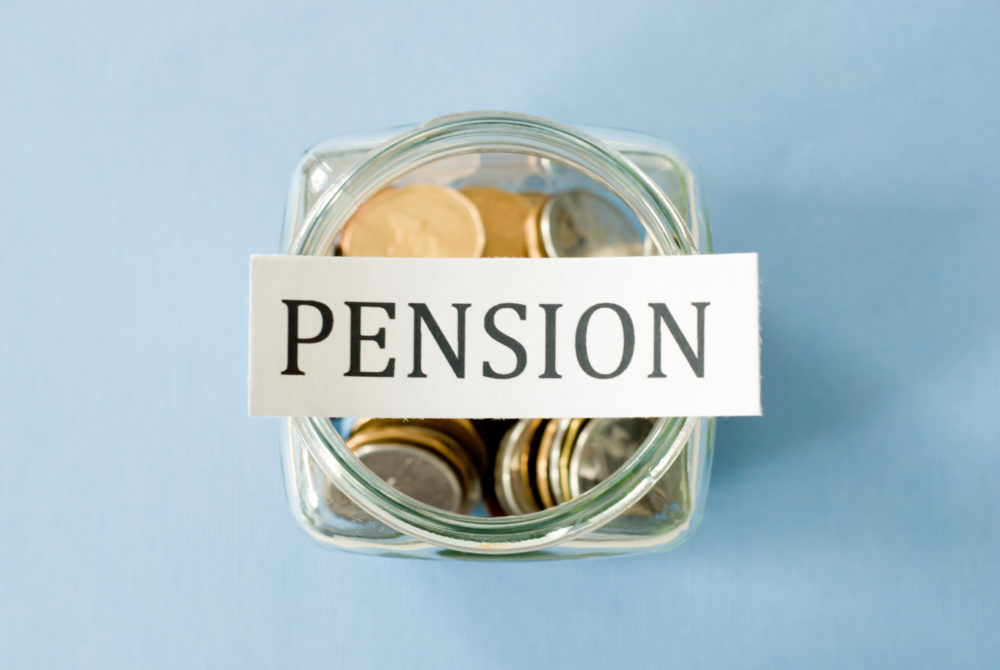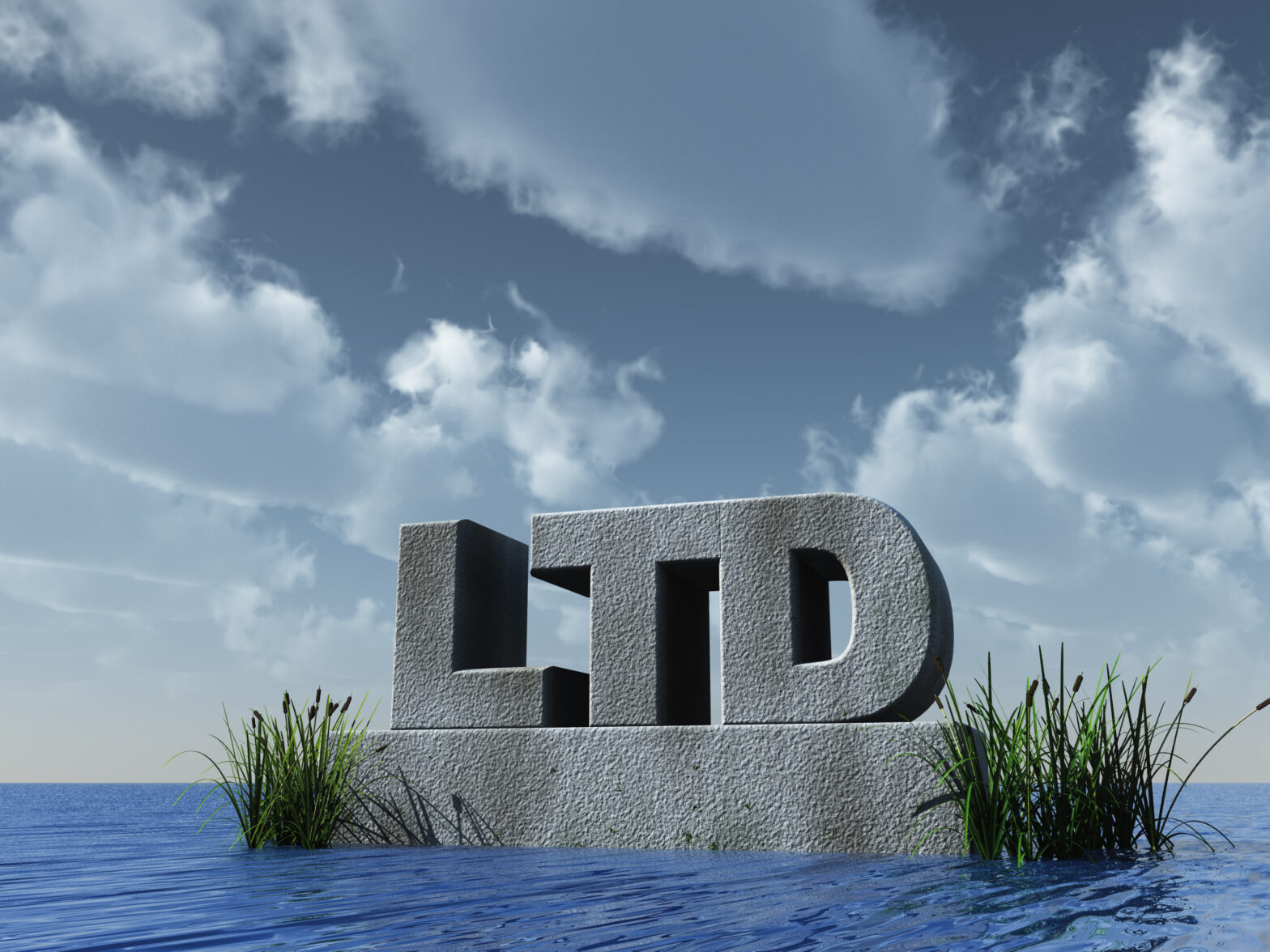It seems that the self-employed need help to make pension saving easier and to encourage them to commit to saving. The self- employed market is growing but as people leave the workplace – where the chances are there was pension provision and will certainly be from now on, as pensions auto enrolment has been introduced – so is the gap in pension provision in the market place growing.
There is a self-employed pensions crisis, according to The Association of Independent Professionals and the Self Employed (IPSE). Its research figures show that just 31% of self-employed people are currently paying into a pension even though 67% are concerned about financially preparing themselves for later life. The follow through from all this is a potentially growing number of people reaching retirement without adequate pension savings putting more pressure on the State in terms of care costs.
Without any employer to offer a pension scheme to them the self-employed do have to take responsibility and make some provision themselves. It may seem complicated but the basic tax advantages are straightforward enough and any accountant or tax adviser will advise on what you should be investing and how.
Sarah Saunders, a tax manager at tax consultants RSM says: “It is important for self-employed people and entrepreneurs to have a pension in place. The rules on the level of contributions are complex but basically, they can invest the lower of their taxable profits or earned income, up to a maximum of between £10,000 to £40,000 depending on their total income. Contributions are made net of basic rate tax, and if the person is a higher rate taxpayer the higher rate relief is obtained through their self-assessment calculation. For example, the individual pays £800 into their pension fund, the pension fund reclaims £200 tax from HMRC so a total £1,000 goes into the fund. If the individual’s marginal tax rate is 40% they can claim extra relief of £200 by reducing their self-assessment liability by this much.”
The pension options
It is worth mentioning the State Pension, to which all are entitled providing they make the requisite national insurance contributions. You must have 35 years-worth of NI contributions on record to get the full new State Pension of £164.34 per week – only £8,545 each year. While this is not to be ignored you still need to make additional provision on top of the State Pension. Private pensions options, where individuals can save into their own schemes include: Self Invested Personal Pensions (Sipps), the government sponsored Nest scheme, Stakeholder Pensions Schemes and Personal Pensions.
From a low base Stakeholder Pensions should be considered first, especially if you have a very low level of taxable earned income or profit, or indeed with trading losses. The maximum charge for a Stakeholder Pension is 1.5%.
Sanders explains: “You can make a maximum investment of £3,600 gross per year into a stakeholder pension regardless of the level of your taxable income. Once you get beyond this income level other pension options are very similar for tax purposes and which pension vehicle is best depends on the individual’s personal position and attitude to risk.”
Thereafter, as a rule of thumb, the NEST pension scheme offers a simple pension but with less flexibility than a pension fund from a pension provider. Then for many individuals a straightforward personal pension plan will be attractive as it offers a wide choice of pension providers and a selection of investment approaches. And finally, for the more financially sophisticated individuals, the flexibility, wider investment powers and personal control of a Self-Invested Personal Pension (Sipp) could work.
NEST is a workplace pension set up by the Government which you can join if you are self-employed or the sole director of a company that doesn’t employ anyone else. NEST charges are made up of two parts: a contribution charge of 1.8% on each new contribution into your retirement fund and an annual management charge (AMC) of 0.3% on the total value of your fund each year.
Ordinary personal pensions or defined contribution plans are offered by most large providers – you can pay in lump sums or regular amounts and charges will vary from provider to provider as will the fund options for you to invest in. Sipps are provided by large and small providers and are similar to personal pensions but whereas with the latter your investments tend to be managed for you with a Sipp you can have more control as to how your money is invested and in what. Sipps can carry higher charges. Either way, you should shop around and ideally get advice from an independent financial adviser or planner.
“Accountants are not legally allowed to give investment advice, so they could not recommend a particular investment vehicle, although they could advise on the pros and cons of the different options and put a client in touch with a pensions adviser,” says Saunders. “An accountant should be able to advise on the level of pension premiums an individual can make and the amount of tax relief these will attract. When the individual starts to access their pension funds the accountant should also be able to advise on the tax consequences of for example of taking a lump sum payment. However, the individual should always take advice from a pensions adviser before making any decisions on how to access a pension, because the tax implications are typically much less important than ensuring you have enough money to live off for the whole of your retirement.”
The Government could do something to help the self-employed by making available the £500 allowance that employers are accorded to enable them to provide employees with financial advice available also for the self-employed. Also, for the facility (removed in 2006) to allow self-employed tax payers to pay pension contributions in the current tax year but have these contributions offset against the previous year’s earnings or profits, to be reinstated.
Jack McVitie, chief executive of financial planners LEBC says: “Lack of financial security is a key concern of many self-employed, around retirement planning, making provision for ill health and protecting dependants on death. Employees have benefited greatly from auto enrolment and enjoy employer sponsored healthcare, sick pay and life cover. The self-employed not only have to fund these themselves but also source advice on a suitable package of measures to provide them and their families with financial security.”
On the issue of tax carry back Saunders adds: “Since the amount a person can invest in a year is dependent on their income level it is difficult for the self-employed to plan pension contributions accurately, as they may not know their taxable income level until after the end of the tax year concerned. The old facility to carry back premium relief was helpful in allowing people to plan and maximise contributions and is missed. The rules were complicated and could be used to gain an unfair tax advantage in some cases, so reintroducing them would need to be looked at carefully. However, for self-employed individuals on moderate incomes, there is a strong argument that carry back relief would encourage retirement savings in a positive and worthwhile way.”
McVitie acknowledges such measures would require the co-operation of the Treasury but he says they are modest steps in line with the Government’s stated aim of promoting better financial security in the self-employed and gig economy sector.
Until such time however, if you are self employed you should start making some savings into a pension pot – however small to start with.
See also: The self-employed pension crisis one in three relying on state to fund retirement





